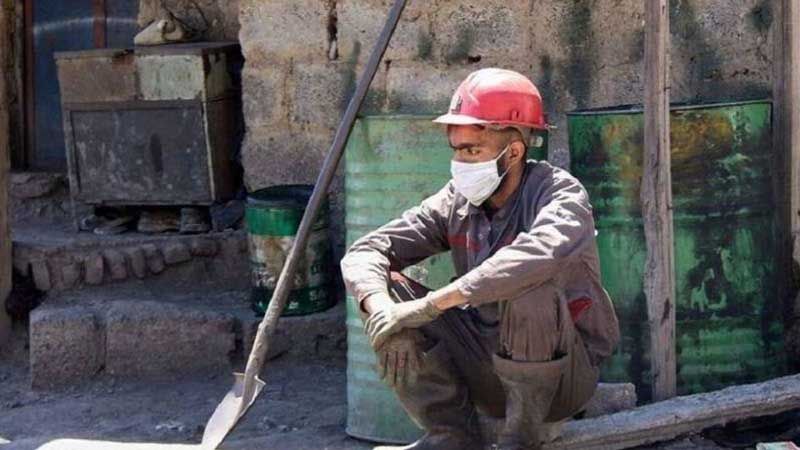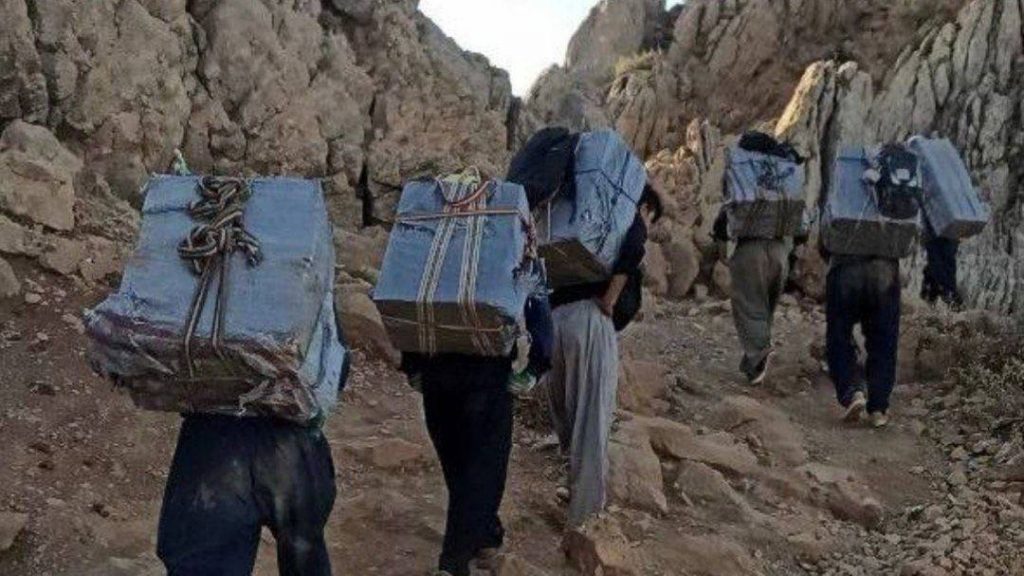
On the eighteenth of Farvardin, the ILNA news agency, the Islamic Republic Workers’ News Agency, published a report titled “Workers and Social Harms.” The report indicates that the population living below the absolute poverty line, relying on wages and salaries, has increased from 15% in 1399 “2020” to 30% in 1403 “2024”. In other words, the number of people living below the poverty line has doubled in less than four years. However, we know that the reality is much more painful than these government statistics, but it is clear that even to this extent, it signifies a social disaster.
In another report regarding the minimum wage, which was randomly aired on one of the official television programs of the Islamic Republic, it was stated that considering the changes in the dollar exchange rate in 1402 “2023” and not even accounting for the inflation rate, the minimum wage for workers in 1403 not only did not increase but decreased by 4 dollars per month. This admission is from the regime’s own propaganda machinery. Even in the most optimistic scenario, assuming an inflation rate of 40% in Iran, it means that workers’ wages have decreased by about 50% in 1403.
But what is a wage, and why has it declined so much?
Wages are the money that an employer pays to a worker daily, weekly, or monthly for the worker to work for them. The worker uses this money for their daily expenses such as clothing, food, rent, etc. In other words, wages are the amount that the employer pays the worker to work for them for a certain period.
It means that workers work, produce, and the capitalist class pockets all the proceeds of the labor of the working class, returning only a portion of the product in the form of wages to the workers. In other words, wages are a partial return of the worker’s labor, enabling them to continue their existence, survive, and continue to generate wealth for the capitalist class. This is one of the foundations and principles of the capitalist system; this system is a system of wage slavery. It means that workers are forced to chain themselves to the machinery and tools of production owned by the capitalist class to provide for their own and their families’ livelihoods, for food, clothing, and shelter. But ultimately, how much is this share that is returned to them for the social survival of workers? How is the wage determined? The amount of wages depends entirely on the conditions of competition, power, and bargaining strength of both parties.
Here, the worker is the owner of a commodity, which is their own labor power, and they sell their own commodity. Now, the wage that the worker will be paid depends on two important factors. First, the state of the labor market: is it booming or in recession? Is there high or low demand for labor? But the second factor, which is more fundamental in determining wages, is the degree of unity, solidarity, and the power of resistance and struggles of the workers. Are the workers sufficiently united to withstand the efforts of capitalists and the supportive government who want to pay them as little as possible? If everything goes according to plan, meaning there is high demand for labor and the workers are united and capable of resisting, then the workers have a chance to receive a wage that allows them, within the framework of the same life recognized as normal and customary for workers in a capitalist society, to renew their labor power and maintain themselves and their families. In this best-case scenario, the wage of the worker corresponds to the value of their labor power, meaning it is equivalent to the amount of means of subsistence and necessities of life that workers need for their ability to work and the survival of their offspring.
These two factors we’ve mentioned, the factors that could potentially enable the worker to receive a wage commensurate with the value of their labor power, are constantly fluctuating in the real world and often to the detriment of workers. This is inherent to capitalism, which cycles between periods of prosperity and crises or recessions. With the expansion of unemployment and competition among workers, it diminishes the resistance among them. The result of this situation is that, in practice, the worker’s wage becomes less than the value of their labor power. Wages fall below the absolute poverty line, and the worker doesn’t receive enough to maintain their labor power and support their family. Wages plummet to the extent that workers struggle to make ends meet just to survive. The amount of wages and whether workers truly receive the value of their labor power and the equivalent of a decent human life, in practice and in the real world, depends more than anything on the power of the working class and its ability to fight against the capitalist class. Therefore, if we don’t want the lives and existence of workers to be ruined, it’s essential to step into the arena of struggle to increase wages.

